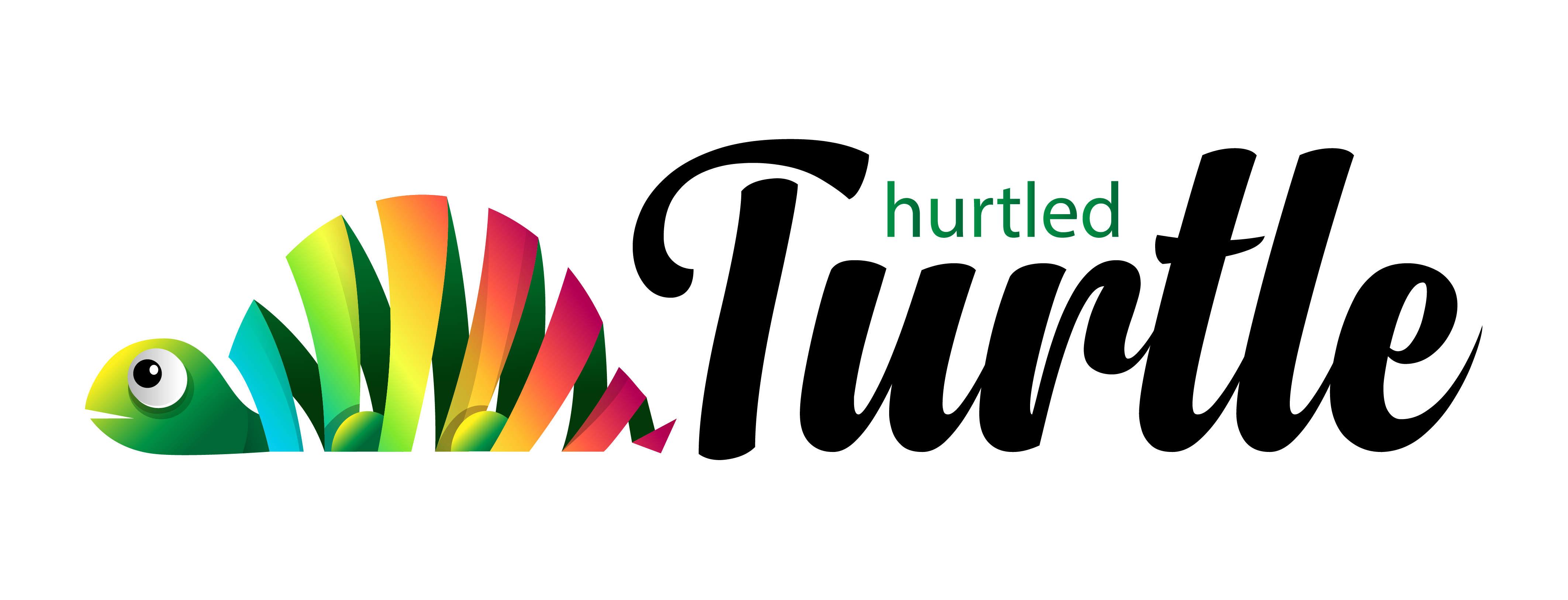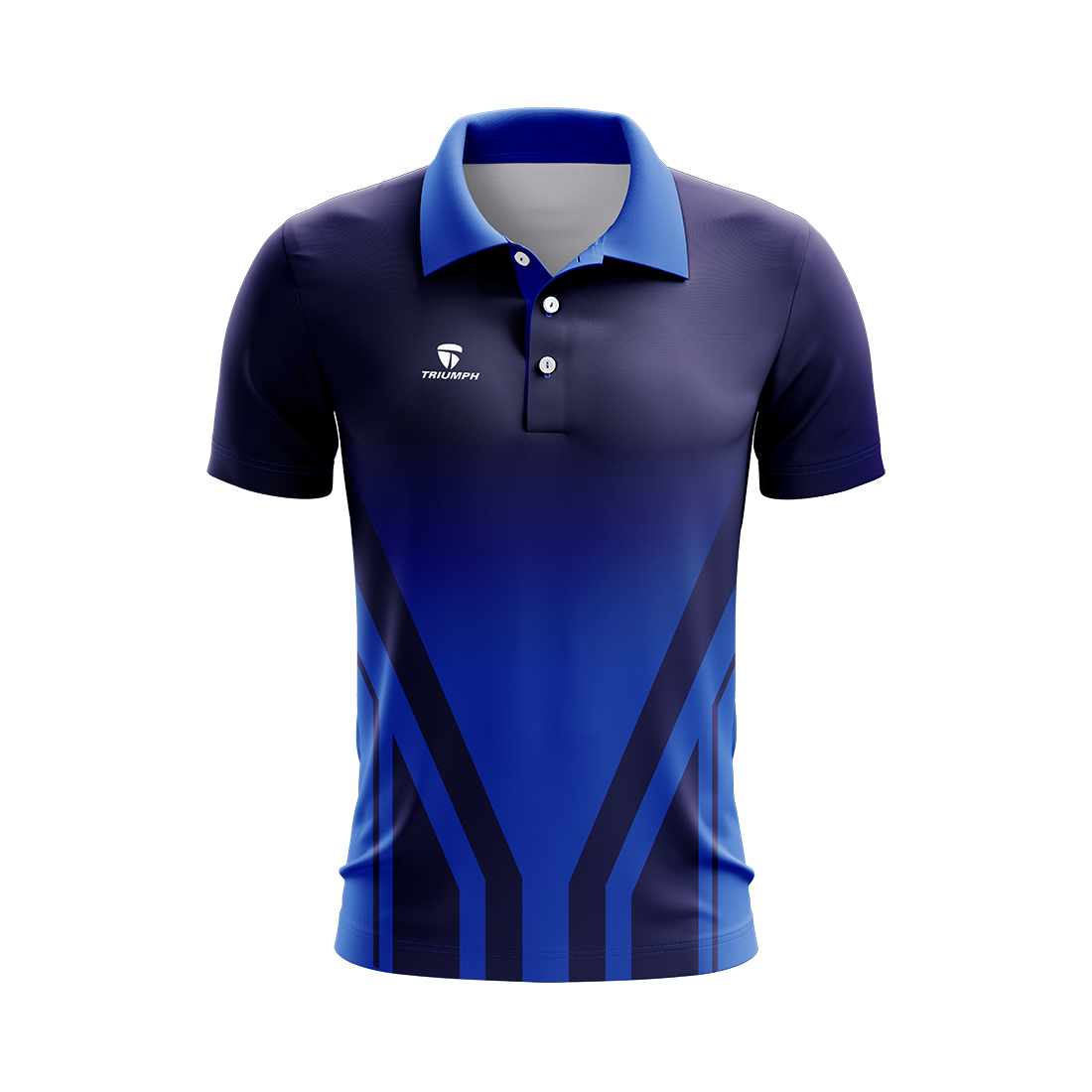Virtually billions of people are expected to see the 2022 FIFA World Cup Qatar. They’ll all see players wearing a fresh set of nationwide jerseys, created by the significant sporting product manufacturers. Millions of authentic tops are produced for fans to purchase. Even more, are counterfeited.
Prior to I came to be a professor of jersey design [desain jersey, which is the term in Indonesian], I spent about twenty years helping a significant sporting activities maker on cutting-edge items, for events like the World Cup as well as the Champions League Final. Sports producers such as Adidas, New Balance, Nike, Puma, Umbro, Uhlsport, and Under Armour start research as well as product growth 2-3 years prior to a World Cup starts. Jerseys have to represent groups’ nations, do for elite professional athletes as well as being desirable for fans. They must also discourage counterfeiting, which threatens the only method jersey manufacturers can recoup their design as well as manufacturing financial investments.
Following the rules
The jerseys should initially comply with standards set by FIFA, soccer’s worldwide regulating body. Some are rather basic, like ensuring players’ jerseys aren’t easily puzzled with umpires’ ones, and that they have sleeves; soccer jerseys can’t be tank tops.
Various other rules are more detailed, like outlawing jerseys that have more than four colors unless they’re striped or checkered in two equivalent colors, in which case the jacket can use five colors.
There are likewise specific rules regarding the size and placement of logos, including the manufacturer’s name written on it, as well as players showing how many World Cups a group has won, and player names as well as numbers. FIFA even defines that both sleeves need to be without logo designs, to make room for its own event badges, and every team has to abide by the rules laid by FIFA.



